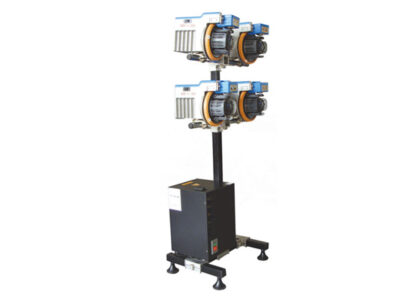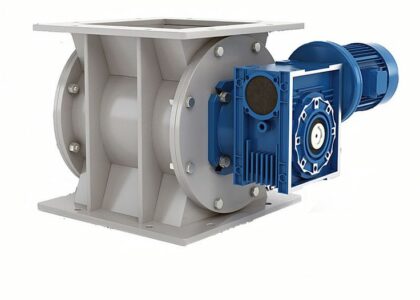Superconducting magnets, capable of generating incredibly powerful magnetic fields with minimal energy loss, are revolutionizing various industries. From enabling high-resolution medical imaging to powering particle accelerators for scientific research, these marvels of technology are driving a vibrant market. Let’s delve into the current market scenario, explore opportunities for manufacturers, and peer into the future scope of this exciting field.
Current Scenario:
- Market Growth: The global superconducting magnets market is estimated to reach over USD 7.5 billion by 2030, exhibiting a CAGR of 6.3% [1]. This growth is fueled by several factors:
- Advancements in Medical Technologies: Superconducting magnets are crucial components in Magnetic Resonance Imaging (MRI) machines, enabling detailed scans for medical diagnosis. The rising demand for advanced medical imaging propels market growth.
- Scientific Research Boom: Superconducting magnets play a vital role in particle accelerators used in fundamental scientific research. Ongoing scientific exploration fuels the need for even more powerful magnets.
- Emerging Applications: Superconducting magnets are being explored for applications in energy storage, magnetic levitation transportation systems, and nuclear fusion research, creating new market opportunities.
- Focus on Efficiency and Performance: Manufacturers who develop high-temperature superconductors and more efficient cooling systems can offer significant advantages in terms of energy consumption and operational costs.
Get Exclusive Sample Copy of the Report: https://www.futuremarketinsights.com/reports/sample/rep-gb-17204
Opportunities for Manufacturers:
- Material Innovation: Developing new high-temperature superconductor materials allows for operation at higher temperatures, reducing reliance on cryogenic cooling systems and improving overall system efficiency.
- Focus on Scalability and Cost Reduction: Manufacturers who can produce cost-effective superconducting magnets suitable for large-scale applications, like energy storage grids, will unlock vast market potential.
- Customization and Niche Markets: Catering to the specific needs of research institutions and developing specialized superconducting magnets for niche applications broadens market reach.
- After-Sales Support and Service: Offering comprehensive after-sales support, including maintenance services and spare parts availability, fosters customer trust and loyalty.
Future Scope: A Magnetic Vision
- Integration with Advanced Technologies: Merging superconducting magnet technology with artificial intelligence and machine learning can optimize magnet performance, enabling real-time control and condition monitoring.
- Energy Storage and Grid Integration: Superconducting magnets hold immense potential for storing renewable energy and stabilizing power grids, creating a significant future market.
- Medical Imaging Advancements: Developments in magnet design and material science can lead to even more powerful and compact MRI machines, expanding access to advanced medical diagnostics.
- Fusion Power Research: Superconducting magnets are crucial for achieving sustained nuclear fusion reactions, potentially paving the way for a clean and limitless energy source in the long term.
Read more info: https://www.futuremarketinsights.com/reports/superconducting-magnets-market
Challenges and Considerations
-
- High Initial Investment Costs: The significant upfront costs associated with developing and installing superconducting magnet systems can be a barrier for some potential users.
- Complex Manufacturing Processes: Manufacturing superconducting magnets requires specialized expertise and high-precision techniques, limiting the number of players in the market.
- Limited Infrastructure and Support: The lack of readily available infrastructure for cryogenic cooling and specialized maintenance services can hinder wider adoption in some regions.





